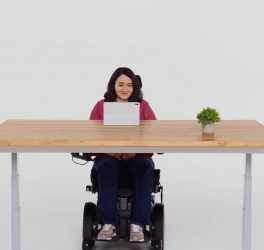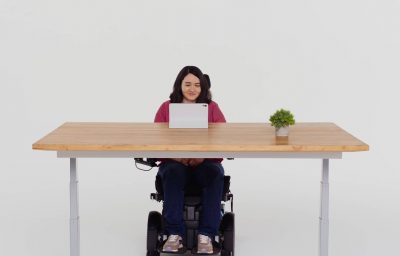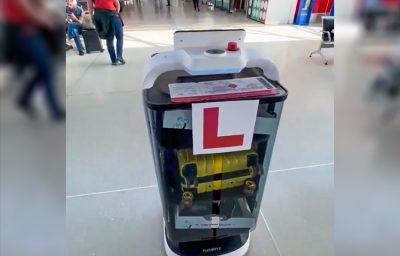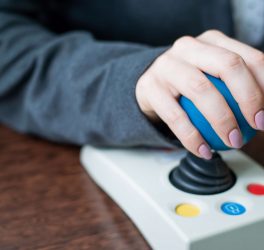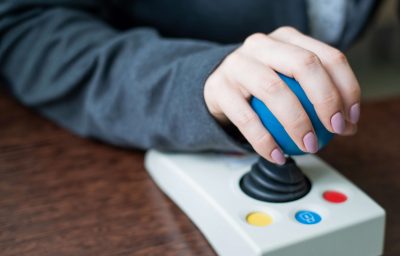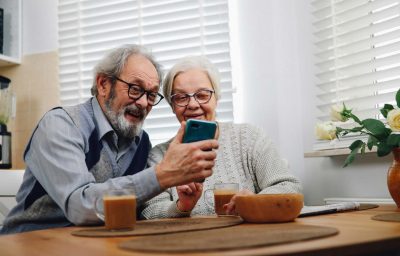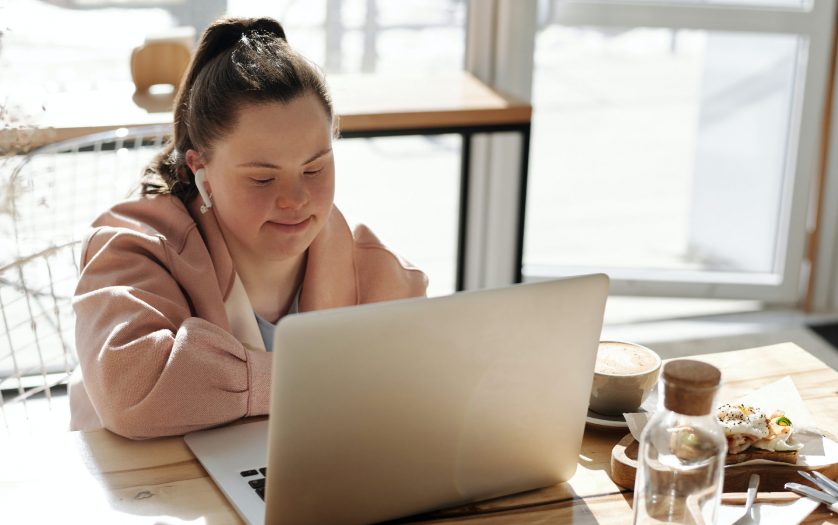
The internet is a haven of creativity and connection for young people with disabilities, even though they’re almost twice as likely to experience weekly online abuse.
Findings released by the eSafety Commissioner reveal young people with disability are using the internet in greater than average numbers to meet people, share hobbies, and ask questions they wouldn’t in-person.
“The online world is an incredible gateway to self-affirming experiences for young people with disability that were unimaginable just a few generations ago. The internet is expanding their social and cultural circles, opening up opportunities others might take for granted,” eSafety Commissioner Julie Inman Grant said.
“Of the young people with disability surveyed, almost 70 per cent said they find it easier to be themselves online than when they’re with people face-to-face; 45 per cent said that ‘talking to people who like the same things’ was one of the best things about the internet; and 25 per cent said they made new friendships every week.
“Unequivocally, the internet has helped dismantle barriers and enabled young people with disability to participate in the community more freely and fully – but it’s a paradoxical playground.
“On the flip side, they’re more likely to see some of the most harmful online content, such as gore, graphic violence, and ways to self-harm. They’re also more likely to have been exposed to sexual material and to receive requests for sexual information or explicit images of themselves.”
A new playground: The digital lives of young people with disability draws on the Aussie Kids Online dataset of over 3,500 young people aged 8–17 and their parents or carers, including almost 1,000 young people with disability. The most common disability types among participants with disability were learning disability (45 per cent), mental ill-health (40 per cent) and behaviours of concern (36 per cent).
Almost 60 per cent of young people with disability reported they had been treated in a hurtful or nasty way in the past 12 months, compared with the national average of 45 per cent. Sixteen per cent had been subjected to online abuse at least weekly, compared with nine per cent of Australian children overall.
“When faced with online abuse, young people with disability showed they’re empowered to act. They’re more likely to unfriend or block users, and tell a parent or carer what happened,” Ms Inman Grant said.
“This confidence and responsiveness could be attributed to the active involvement of their parents and carers in their online lives. Most parents told us that they set clear rules and used digital control tools to guide their child’s online activity.
“But even in the context of having actively invested parents who are also much more likely to be aware of any harms their child is exposed to, these negative experiences are having a profound impact on the self-esteem of young people with disability. Almost one in three told us their mental health had been affected by their most recent negative online experience.
“This research reinforces that we must apply the lessons of the Disability Royal Commission to the online world as much as the offline one. People with disability have told us they want Australia to be a place where they can live free from violence, abuse, neglect and exploitation. More than that, they want Australia to be a place that respects them, includes them, and empowers them to lead the lives they want.
“That future can only be realised if industry takes active steps to make their products and services more accessible, inclusive and safer by adopting a Safety By Design approach. This will require companies to seek out and listen to the needs of people with disability, so they can work with them to co-design safe, meaningful products and services.
“As a society, we need to become much better at protecting and amplifying the online voices of people with disability, actively providing them with opportunities to share their ideas, aspirations and creativity. We should be upstanders, not bystanders: providing support to anyone experiencing online harassment and abuse whenever it’s safe to do so.”
Minister for Communications, the Hon Michelle Rowland MP said all Australians deserve to connect in safe, respectful and inclusive online environments that empower them to take full advantage of digital connectivity – including Australians with disability.
“This research highlights the importance of the internet in providing a place for young people with disability to connect, but also the harms that may come with it. What is clear is that the level of online harm experienced by young people with disability is unacceptable.
“The eSafety Commissioner provides a range of resources, advice and support to Australians experiencing online harm, and has powers to take down harmful material like cyberbullying. I encourage young people, as well as parents and carers, to visit eSafety.gov.au to find out how to stay safe online and get support if you have experienced online harm.”
Minister for Social Services, the Hon Amanda Rishworth MP said the Albanese Government remains committed to driving Commonwealth action through Australia’s Disability Strategy 2021-31 to create a safe and inclusive society for all Australians with disability. Importantly, this includes in the online environment.
“The Internet can be empowering for young people with disability and a great way for them to connect with their peers – but it is important that this is in a safe and supportive way. We’ve recently repealed and replaced the Disability Services Act 1986, which pre-dated the Internet and gave no clear authority for funding services and support in the online environment,” Minister Rishworth said.
“We brought this legislation into the 21st century with the new Disability Services Inclusion Act 2023, which will not only give clear authority for funding programs in the online environment, but importantly increases safety and protection of people with disability through the introduction of a Code of Conduct and risk proportionate regulatory requirements.
Read the full research report.

